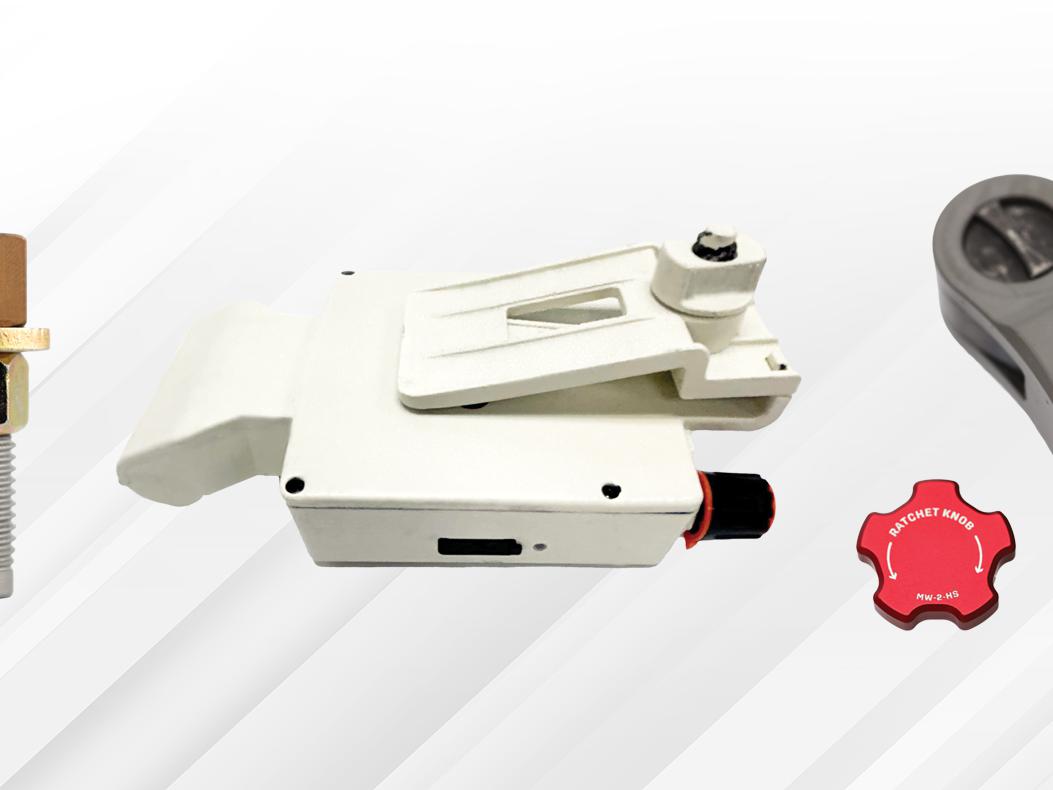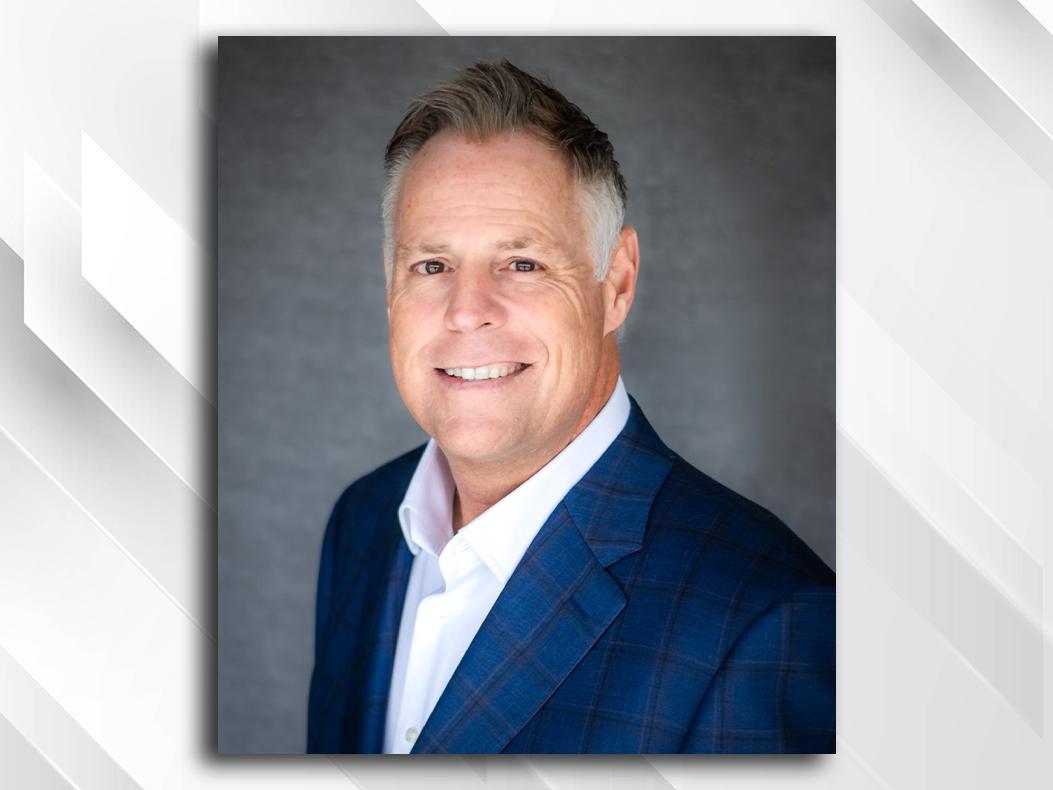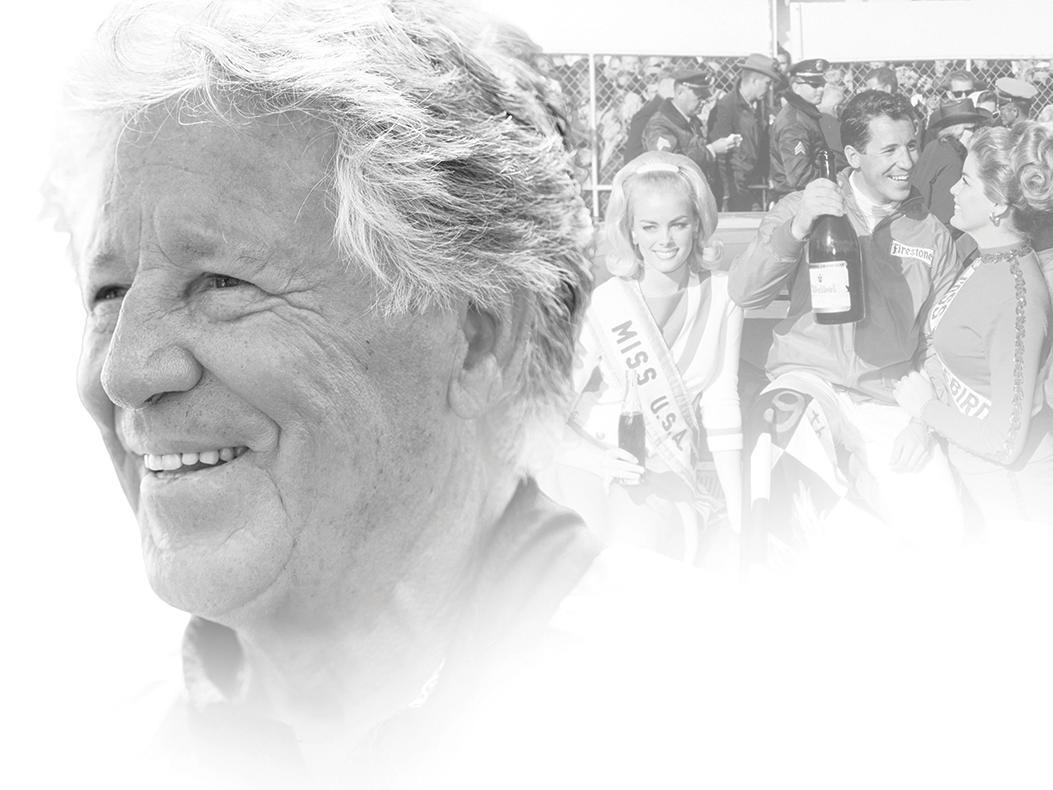Industry insights: Dean Case
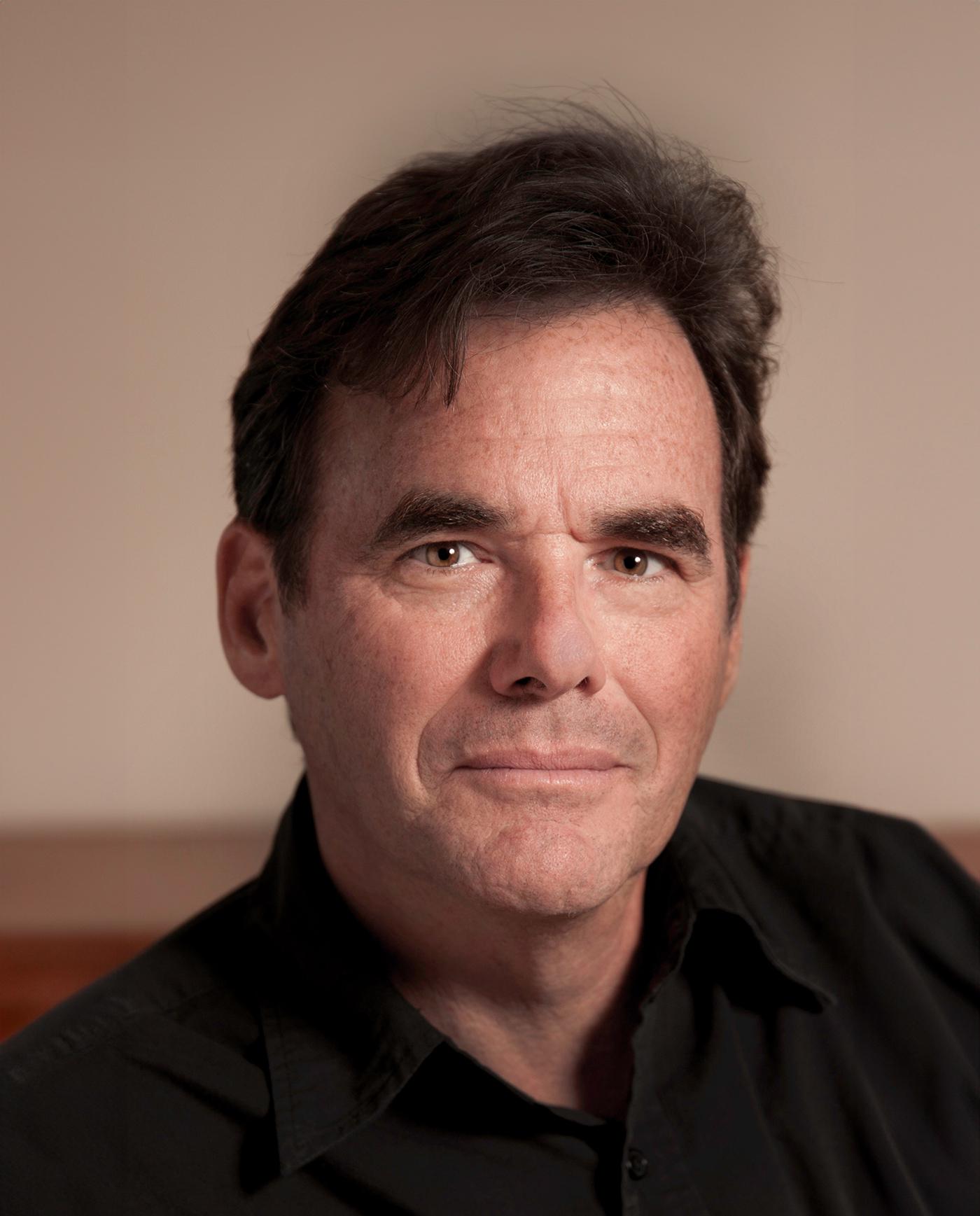
Although he studied to be an engineer, Dean Case’s passion for motorsports led him down a different road to spread the message about motorsports, and some worthy causes along the way.
There’s very little that Dean Case hasn’t seen in his long career as the voice of racing for Mazda and Nissan, and his influence has been felt far beyond the race tracks where he does his work. One of the secrets of success is to bring your whole self to the job, and Case brings his passion for including young people and for benefitting shelter animals to the racing world.
In addition to his support for Nissan and formerly Mazda, Case is known for his advocacy for Formula SAE, which trains college students in practical, hands-on, competitive engineering of racing vehicles, and for the many connections he has made in the racing world to bring attention to charitable causes. Case has improved countless lives, both human and animal, over the course of his career. We caught up with him to ask how and why he does it.
PRI: You have one of the best jobs in motorsports, right? You get to help tell the story of racing and why people should care about it. How did you get to where you are in your career?
Case: Growing up, no exaggeration, not once did we ever watch a basketball, football, hockey, or any stick-and-ball sport on TV, ever. As I grew up, my dad was a Los Angeles city firefighter. We’d go to Ontario Motor Speedway, Riverside Raceway, Ascot Lions drag strip, and all the tracks. That was our sport, and so I knew from an early age I wanted to be in motorsports. I chose engineering as a degree because I thought that would be the best way to get in. That’s how I started my career. Since then, a lot of my stuff has been just fortunate timing to be at the right place at the right time.
My first job out of college was at Mazda R&D in Irvine, where the Miata was being developed. I worked on the original Miata program, and I tried to get involved in Mazda racing. There wasn’t really an opportunity to do so at that time. Then I went to Ford and did electric vehicle engineering.
It was interesting because at Ford, you get your annual performance review like every company, but they do a coaching session and they ask, “What are you trying to do?” If you give them an answer like, “I want to do design release, then get my MBA and move into product planning,” there’s a path for that. But if you tell them you want to be transferred to Ford Australia or Ford Motorsports, they look at you like you’re crazy! So I got no response for several years until I had a boss who called up the head of Ford Racing and asked what it would take to get a position there. The answer was that junior program managers are on loan to the Motorsports department. If my boss was willing to pay my salary for the next year, I could go work for Motorsports. That’s how I got into racing at Ford. I had an electric vehicle manager who supported me going over there to become the Trans Am program manager in 1997, which was the year Tommy Kendall won 11 straight races!
After that I went to Nissan because I couldn’t hack the Michigan winters. I did a career change at Nissan from engineering to communications. I did PR at Nissan including the launch of the 350Z and the launch of NISMO in the US. I had a good run at Nissan before I went freelance and ended up with Mazda. I got reconnected with Nissan this year and I’m doing their GT4 program.
PRI: What is an automaker looking for when it chooses a racing series to showcase its products?
Case: A lot of it is figuring out what your mission is. Are you trying to sell products, or are you just trying to create brand awareness or brand loyalty? I cringe every time I hear someone say, “Win on Sunday, sell on Monday,” because I don’t believe it. No one is making a $40,000 decision based on what you saw at the track. But there is loyalty. A lot of what built NASCAR was the rivalry between Ford and Chevy and Dodge. Currently Nissan has a stable global GT4 platform it can sell to racers. That form of customer racing was very attractive to Nissan. So Nissan is in GT4 for different reasons than the company is in Formula E.
Every company has to look at their reasons, and they are constantly evaluating what makes sense, and where they think they can compete fairly. What is the budget like? There’s a lot of complexities to sort out, and I think some companies try to go too high up the food chain, if you will. You can’t go up against powerhouses like Porsche unless you’ve got resources like Porsche. Should you be building the ultimate Hypercar, or should you be going for something in the GT realm or Touring Cars? It depends on what you’re looking for. But it also changes constantly, and car companies are not always consistently involved in motorsports.
PRI: Let’s turn that around and ask, what can a racing series do to attract automaker participation?
Case: I think that rules stability is important. GT4 is a great example. You have to have rules stability because the racer just spent a quarter-of-a-million dollars buying that Porsche GT4 car. It can’t become obsolete because BMW comes out with something that’s three seconds faster. That would just destroy the series. Everyone hates Balance of Performance, but it is a necessary mechanism to make it affordable for people to race, because they’re not at risk of buying a car that could become obsolete.
It also helps to have all your races televised on one network. If some of the races are on NBC, some are on Peacock, some are on USA, then customers can’t watch every race unless they’ve got an abundance of subscriptions. I think that when the American Le Mans Series did live streaming, it was a disaster because no one had the bandwidth, and there were massive complaints about not being able to follow the race. Now it seems like everybody can easily watch the live stream of a race on YouTube. So it’s massively more affordable to have your races live on a screen that’s easily accessible to anybody.
There are some other things automakers have to look at. Are you looking for people to engage in person? Are you just looking to generate a win? For example, you could argue that nothing’s more difficult and challenging for drivers and teams than off-road racing, but off-road racing, in a PR sense, there’s just no spectators. It’s not viable for that. But if you do succeed there, in something that’s production-based, that’s pretty cool. But it’s very challenging to justify spending a lot of money and oh, if we win, then we have to spend more money to help promote it.
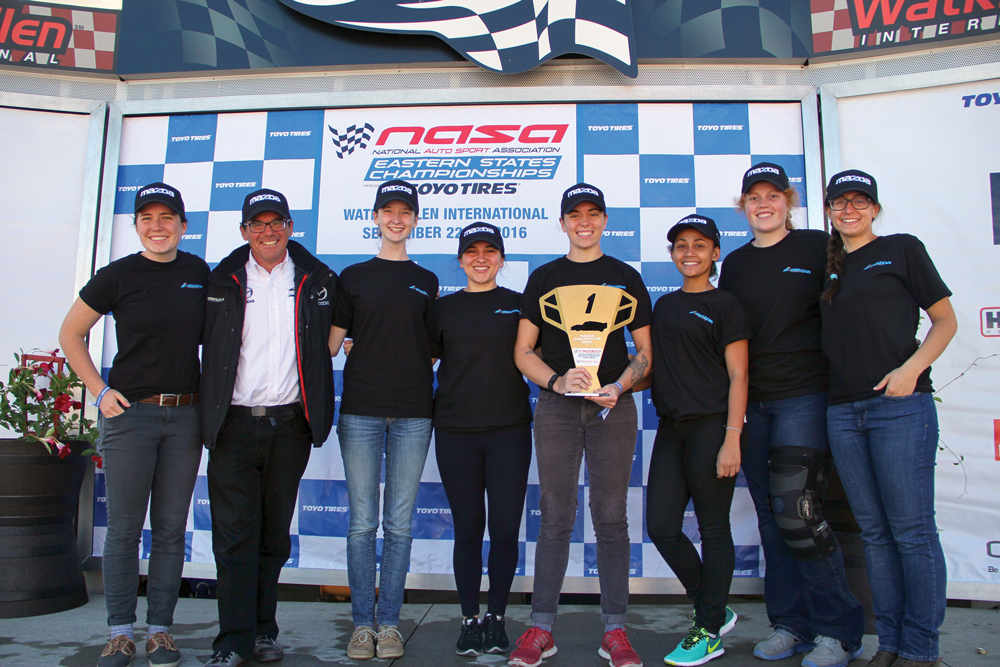
PRI: When an automaker decides to go racing, they typically go to an established, successful team. Is there anything in particular that they’re looking to see in a driver, in a crew chief, or in a team?
Case: Elliott Forbes-Robinson had a great quote about how he was never paid to race a car. He was paid to go to sign autographs and go to sales meetings and go to dealerships and a whole bunch of other work. But he was rewarded by getting to race the car on Sundays. I think a lot of drivers have to understand that they are not just there to race the car. There’s a lot of drivers who have talent behind the wheel, but they have to be more than that. They have to be a spokesperson for that brand. There may be a few companies that like a little bit of a rough-edge driver, but others want someone who’s a little more polished. It’s great if you’ve got a driver who speaks multiple languages, that’s always a huge opportunity. Obviously here in the US, any driver who is also fluent in Spanish opens up a lot of opportunities.
You want drivers who are going to be on your message. You never have an engine failure. You never have a tire failure because everyone had the same equipment. Most of all, you don’t want to do or say something that’s detrimental to your career. I think we’ve all seen examples of drivers who’ve not been good. They were struggling in a race for whatever reason, and then they blamed the results on their car. They may be right, but is this really someone we want on our team?
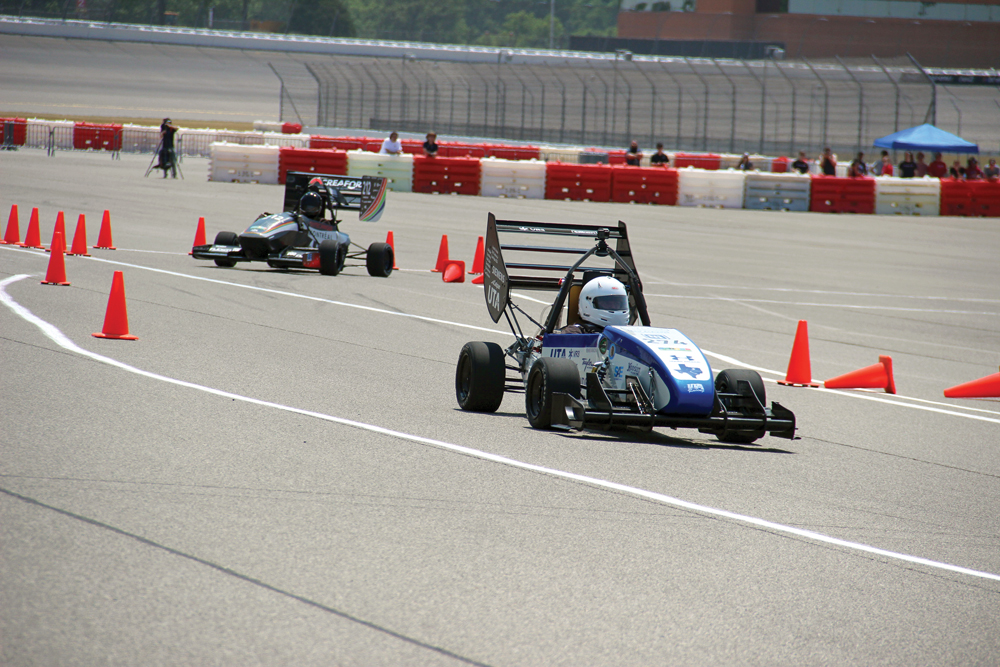
PRI: Let’s talk about Formula SAE. It’s kind of an obscure college program. A lot of people in racing have never heard of it. Why do you love it?
Case: Just for the record, Baja SAE predates Formula SAE. That was due to the generosity of Briggs & Stratton teaming up with SAE to give students a real-world project that you had to work on as a team. One of the great things about motorsports is that there are no deadline extensions. The green flag is going to drop, ready or not. With a lot of projects in corporate life, you get delays. Well, in motorsports, there are no delays. The race is going on with or without you. So projects like Baja SAE and Formula SAE teach students that deadlines are real, and you have to cope with that. The reason they’re below the radar is that there’s never any intention to make them public spectator events. They exist to serve the needs of students and industry, predominantly the car companies and the motorsports companies.
If you’re an automaker looking to hire engineers, do you have the bandwidth to visit 50 or 100 schools? No way. You just wouldn’t have the time or money. But if you can go to one event where you’ve got 50 to 100 schools with teams of 10 to 30 people each, you can meet 1,000 students over the course of three days and find exactly the talent you’re looking for. It’s that formula of providing a service to the industry and serving the needs of students at the same time. That’s the magic of it. Also, the best teams are the ones who recruit non-engineering majors as well.
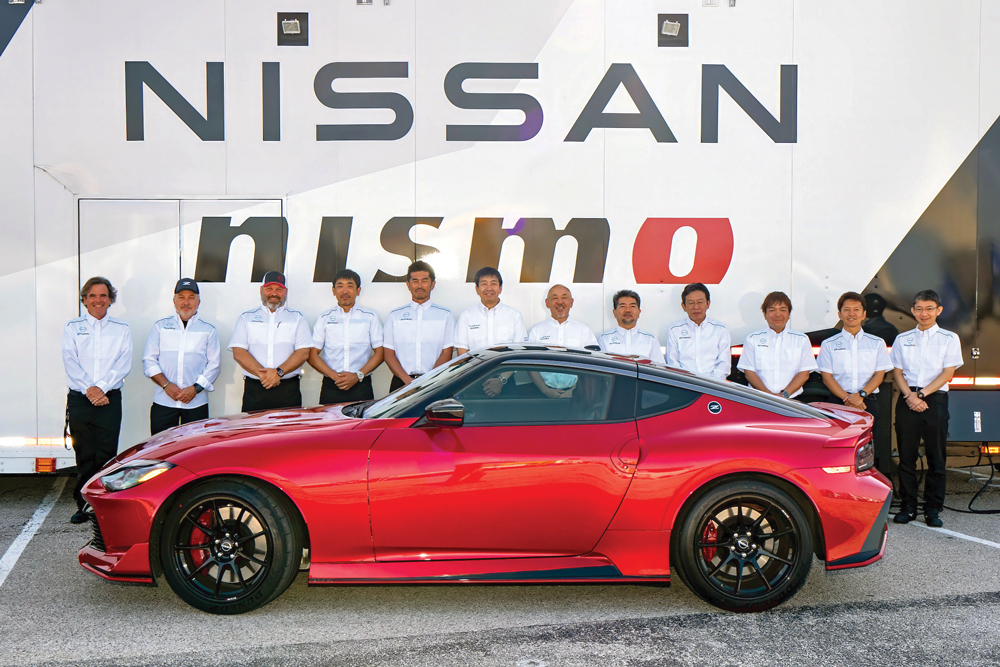
The teams used to be seniors who are mechanical engineering students. Okay, you got a car that’s mechanically sound, but you probably didn’t do anything creative on the electronics. The car may not be the most attractive thing in the world because you had no one from industrial design look at it. Also, the business proposal is probably pretty weak. The teams that really develop that other talent are the ones that really do well. Then if they successfully complete the project, they’ve proven they can produce a project on time, on budget, as a team. That’s three critical skills that industry wants.
A lot of performance companies specifically now call out Formula SAE and Baja SAE. So if you didn’t do it, it’s almost like you’re four years behind. I think most companies would rather hire a B student who was a vital team member than an A student who never did it.
PRI: To close out on Formula SAE, can you give me a one paragraph pitch of why a Formula SAE student is somebody that a motorsports business should want to hire?
Case: Because they’ve got the passion for the sport, and the joke is, they’ve spent four years learning great skills while lowering their GPA. The reality is these are the ones who are the next generation carrying the sport forward. We could all make the joke that certain sanctioning bodies could merge with AARP, and no one would know the difference. This is the solution to that, because anybody who tells you young people are not interested in racing is not hanging out with the right young people.
PRI: Your other great passion is helping shelter animals. You’ve done more than anyone to link motorsports with the cause of animal care. Tell us how that benefits motorsports as well as benefiting the animals.
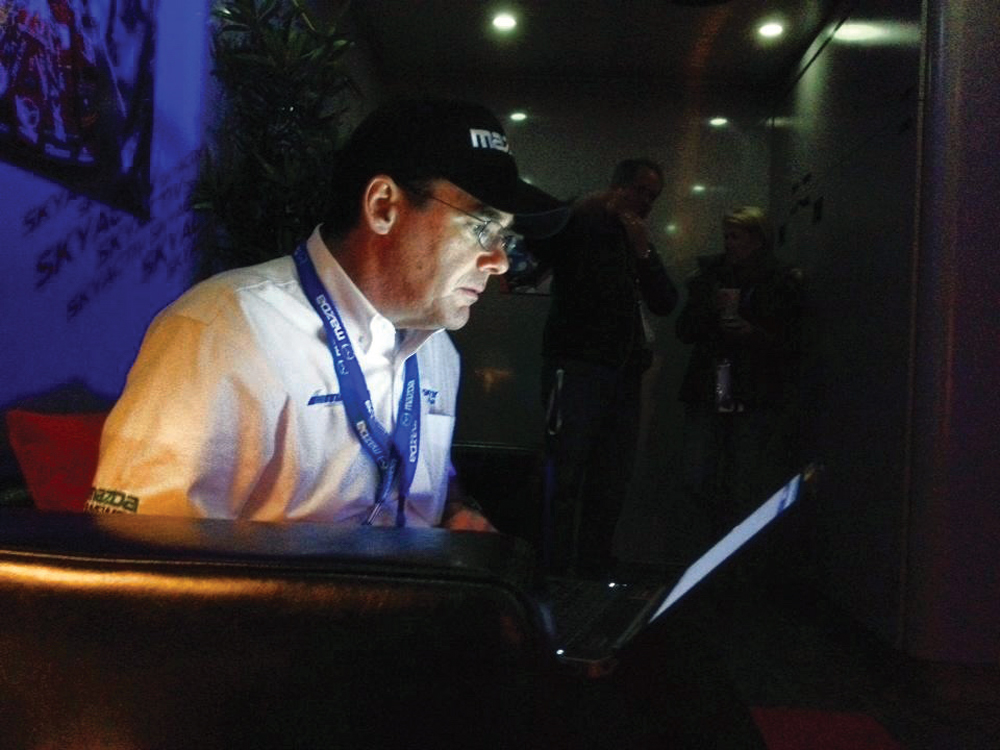
Case: This started out when I was working with a lot of young drivers on the lower rungs of the sport. If you’re a young driver, it doesn’t matter what series you’re in, you can’t go to Coca-Cola for a sponsorship. What I’ve been telling drivers all along is that a blank race car is a wasted opportunity. If you cannot sell it to a corporate sponsor, then tie it to a nonprofit and don’t ask the nonprofit for money, just provide value to them. That opens doors that you never would’ve expected. I wanted to do a demonstration program to show how I could generate positive coverage. So as my pet project, pun intended, I chose shelter animals because that meant something to me. I was just so gratified with how well it took off. The reality is, there’s a lot of people who care about racing, but there’s a lot more people who care about dogs and cats. So it got us coverage in areas that we wouldn’t have otherwise. We were able to get coverage not on the front page of the sports section; we got on the front page of the whole paper. It works because the shelter knows different people at the TV station, for example, than we know.
There are similar examples like IMSA driver Kenton Koch. I don’t think he would mind me mentioning that his mom had a heart transplant. His car carries livery for organ donor awareness. How compelling is it when your mom’s alive because of this? So he’s a great spokesperson for that. MX-5 Cup and Le Mans driver Marc Miller did autism awareness because he has an autistic son. I remember when I forwarded his press release, two journalists reached out to me and said, “I have an autistic son, too. This gives me an excuse to write about this in my column.”
When you do some of these things, I like to say, don’t do it thinking that some charity’s going to write you a check, but you then start going to events. You bring your race car and put it on display at that charity function, and then you’re going to meet the executive from some company who writes a big check to that charity; someone you never would’ve met otherwise. It gets you in new circles, but it also gets the sport coverage in areas where they just do not care about the sport. I think that people can find something, whether it’s your local art museum, Habitat for Humanity, or there’s so many great causes out there. This is a way to do some good in the community and hopefully generate additional coverage for the sport and your team, and hopefully find additional business partners who want to invest in your team for purely business reasons.
To learn more about SAE and how both motorsports companies and students can mutually benefit from its programs, Dean Case will present “SAE: Finding Tomorrow’s Talent Today,” part of the PRI Education program, from 12:00 p.m. – 1:00 p.m. on Saturday, December 14, in Meeting Rooms 231–233 of the Indiana Convention Center.
 MEMBERSHIP LOGIN
MEMBERSHIP LOGIN JOIN PRI
JOIN PRI
